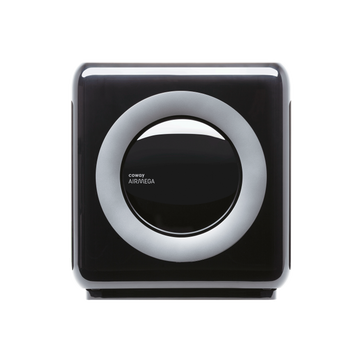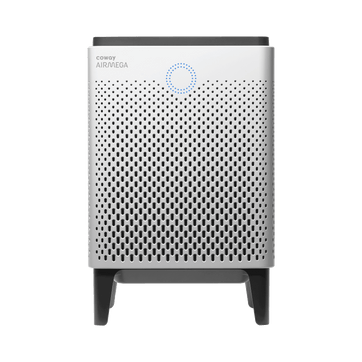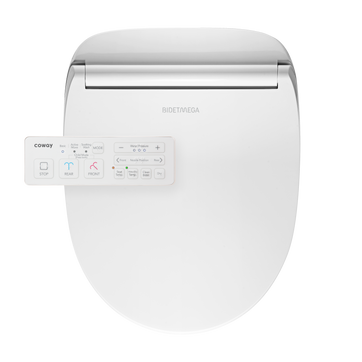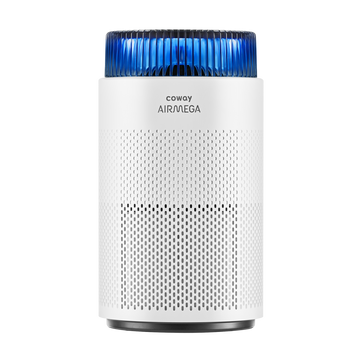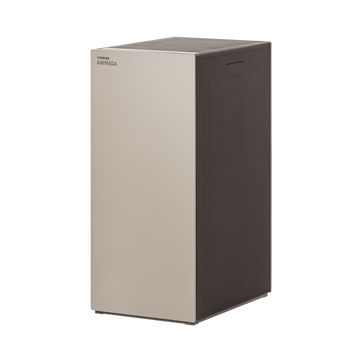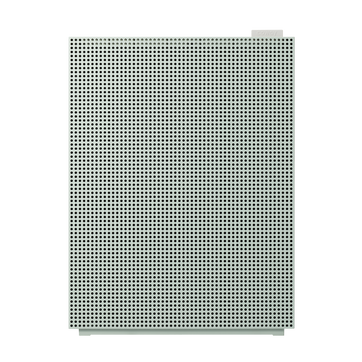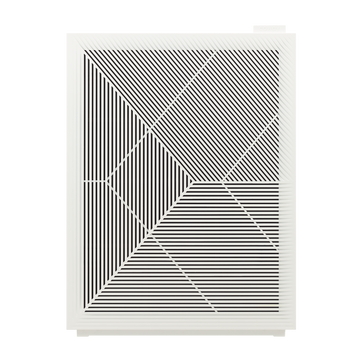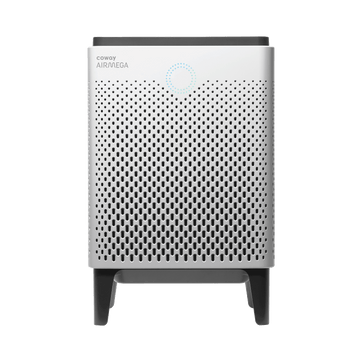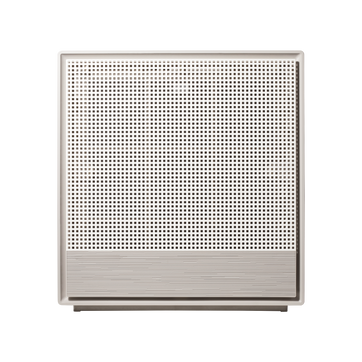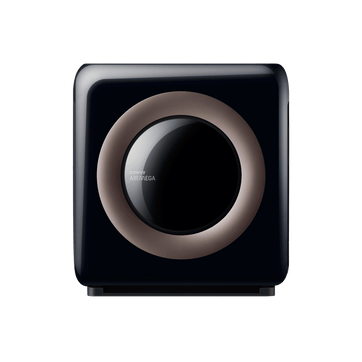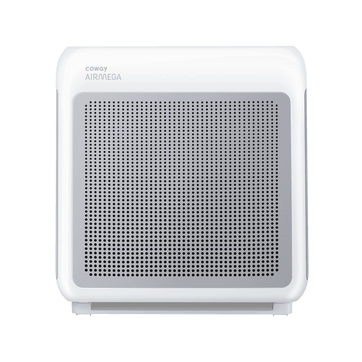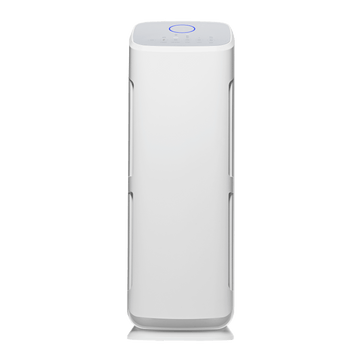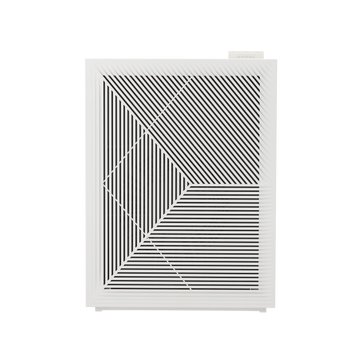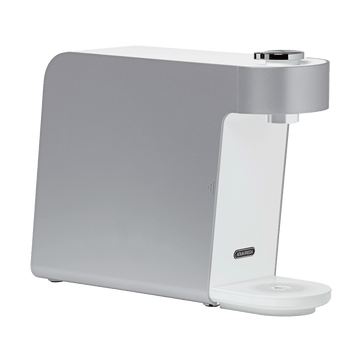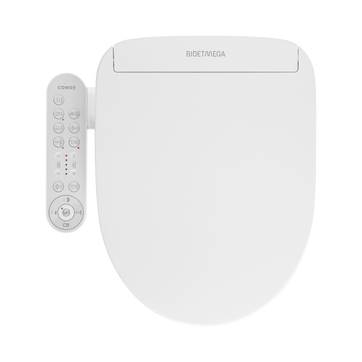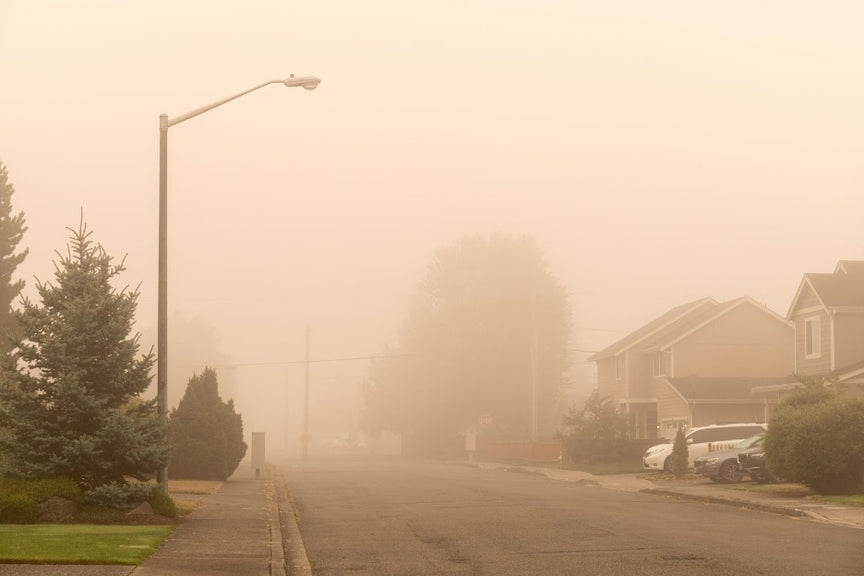
Preparing for the 2024 Wildfire Season: A Comprehensive Guide
Wildfire season is a yearly occurrence that demands vigilance and preparedness. As we approach the start of the 2024 season in May, it's crucial to understand the potential risks and take proactive measures to protect your home and loved ones.
In this comprehensive guide, we'll delve into the latest forecasts, historical patterns, and advancements in wildfire prediction to give you a well-rounded perspective on what to expect in the coming months.
Historical Trends and Patterns
To better understand the challenges that lie ahead, let's examine the historical trends of wildfire seasons in the U.S. and Canada. Over the past decade, the country has witnessed an alarming increase in the frequency and intensity of wildfires, largely attributed to climate change and prolonged periods of drought.
According to the Canadian Wildland Fire Information System, the average annual area burned by wildfires in Canada has nearly doubled since the 1990s, with some years seeing devastating impacts on communities and ecosystems.
2024 Wildfire Season Outlook
While predicting the exact severity of a wildfire season is challenging, experts rely on various factors to provide insights into what we might expect in 2024. These include:
- Weather Patterns: Long-range weather forecasts play a crucial role in assessing wildfire risks. Prolonged periods of hot, dry conditions coupled with strong winds can create an environment ripe for wildfires to ignite and spread rapidly.
- Fuel Conditions: The amount and moisture content of available fuel, such as dead vegetation and forest debris, greatly influence the potential for wildfires to occur and spread.
- Technological Advancements: Advancements in wildfire prediction and monitoring technologies, such as satellite imagery and computer modeling, have improved our ability to anticipate and respond to potential wildfire threats.
While the specific details of the 2024 wildfire season outlook are still being analyzed by experts, it's essential to remain vigilant and take proactive measures to safeguard your home and community.

Preparing for Wildfire Threats
Protecting your home and loved ones from the dangers of wildfires requires a multi-faceted approach. Here are some essential steps you can take to fortify your living space and minimize the potential risks:
- Create a Defensible Space: Maintain a buffer zone around your home by clearing flammable materials such as dry vegetation, firewood, and debris. This can slow or stop the spread of wildfires.
- Fireproof Your Home: Consider installing fire-resistant roofing materials, enclosing eaves and vents, and using non-combustible siding and decking materials to reduce the risk of embers igniting your home.
- Develop an Emergency Plan: Have an evacuation plan in place, including designated meeting spots and emergency supply kits. Stay informed about the latest wildfire updates and be prepared to evacuate if necessary.
- Invest in Air Purification: Wildfires can significantly degrade air quality, posing health risks from smoke and particulate matter. Consider investing in a high-quality air purification system like the Airmega with its 99.999% filtration system, which effectively removes harmful pollutants from indoor air.
By taking these proactive measures, you can increase your chances of weathering the 2024 wildfire season with minimal impact on your home and well-being.
Stay Informed and Prepared
As the 2024 wildfire season approaches, it's essential to stay informed and prepared. Monitor official sources for the latest updates, follow local authorities' guidance, and take the necessary steps to safeguard your home and community.
Remember, preparedness is key to minimizing the potential risks associated with wildfires. By understanding the outlook, fortifying your living space, and having an emergency plan in place, you can face the challenges of the upcoming wildfire season with confidence and resilience.
Sources:
Government of Canada - The Government of Canada Provides Update on Wildfire Seasonal Outlook and Outlines Response
World Resources Institute - 6 Ways the Climate Changed Over the Past Decade
NOAA - Climate Change: Global Temperature
Government of Canada - Canadian National Fire Database (CNFDB)
Nature - Global increase in wildfire potential from compound fire weather and drought
BC Wildlife Service - Understanding forest fuels
Government of Canada - WildFireSat: Enhancing Canada's ability to manage wildfires
BC Wildlife Service - FireSmart Begins at Home Manual
CBC - How to make your home more resistant to wildfires
FLASH - Protect Your Eaves, Soffits, Vents, and Gutters from Wildfire
StaySafe - Home Emergency Evacuation Plan: Establishing Routes and Meeting Points
Disclaimers
1Coway air purifiers have been proven to trap dust, pollen, dander, viruses and bacteria in the air based on KCL (Korea Conformity Laboratories) testing.They have been tested in a 30㎥ size chamber according to the Korea Air Cleaning Association standard (SPS-KACA 002-132:2022 Modified) to measure the 0.01㎛ size of particle removal rate. It was tested on maximum airflow speed in normal room temperature and humidity conditions. The performance may vary in the actual living environment of customers.
→ Tested with Airmega Aim, 100, 150, 160, AP-1216L, AP-1512HH, AP-1512HHS, 200M, Icon, IconS, 230, 240, 250, 250 Art, 250S, 300, 300S, 400, 400S, ProX
299.97% of viruses, bacteria, fungi and pollen were verified to be removed from the air for Coway air purifiers which have Green True HEPA™ filter applied based on the Japan Food Research Laboratories(JFRL) testing according to JEM 1467 standard.
→ Tested with Coway Airmega AP-1512HH, AP-1512HHS, 250, 250 Art, 250S, 300, 300S, 400, 400S
→ All tested by JFRL and received above result within below time.
All tested by JFRL and received above result within below time.
- Virus: Tested with Escherichia coli phage ΦX174 NBRC 103405, 60 minutes
- Bacteria: Tested with Staphylococcus epidermidis NBRC 12993, 60 minutes
- Fungi/Mold: Tested with Penicillium citrinum NBRC 6352, 60 minutes
- Pollen: Tested with Cedar Pollen extract, 60 minutes
3Aerosol test conducted in a Biosafety level 3 laboratory with two Coway air purifier models, Coway Airmega 250 and 400 for removal of SARS-CoV-2 Aerosol by US based MRI Global, a not-for-profit laboratory and partner of US Department of Defense. The test was conducted in a 13.1ft3 chamber. Virus was aerosolized for 15 minutes and the product was turned on high for 2 minutes. Result showed each product effectively removed over 99.98% of the SARS-CoV-2 in 2 minutes. This is a result from a laboratory experiment condition and result may vary in different conditions. This result does not imply it kills SARS-CoV-2 or prevents the transmission of Covid-19. Coway Airmega 250S and 400S are identical to the tested models and has equal performance with an additional mobile connectivity function.
4The concentration of ammonia, acetaldehyde and acetic acid were proven to be removed within 30 minutes by FCG Research Institute, Inc. Human Life Science Lab. It is not a demonstration result in the actual use space. Not all odors and gases may be supported. → Tested with Coway Airmega 150, 160, AP-1512HH, AP-1512HHS, 400, 400S
5The coverage area of the air purifier is based on an area where the air cleaner can make two air changes per hour (ACPH). An air change per hour translates to how many times an air purifier can clean an area, assuming the height of a ceiling to be 8 ft, in one hour. Therefore ** means two air changes per hour means that the cleaner can clean the area once every 30 minutes and * means air changes per hour means that the air purifier can clean the area once every 60 minutes.
10Terms and conditions apply. Discounts, including promotions, coupons, bundle discount and subscription discount, cannot be stacked on top of other coupons. During promotional periods, discount codes will not be able to be applied to orders. Promo codes may apply to products only—filters, accessories, and new products within 3 months of the release date are not included.
